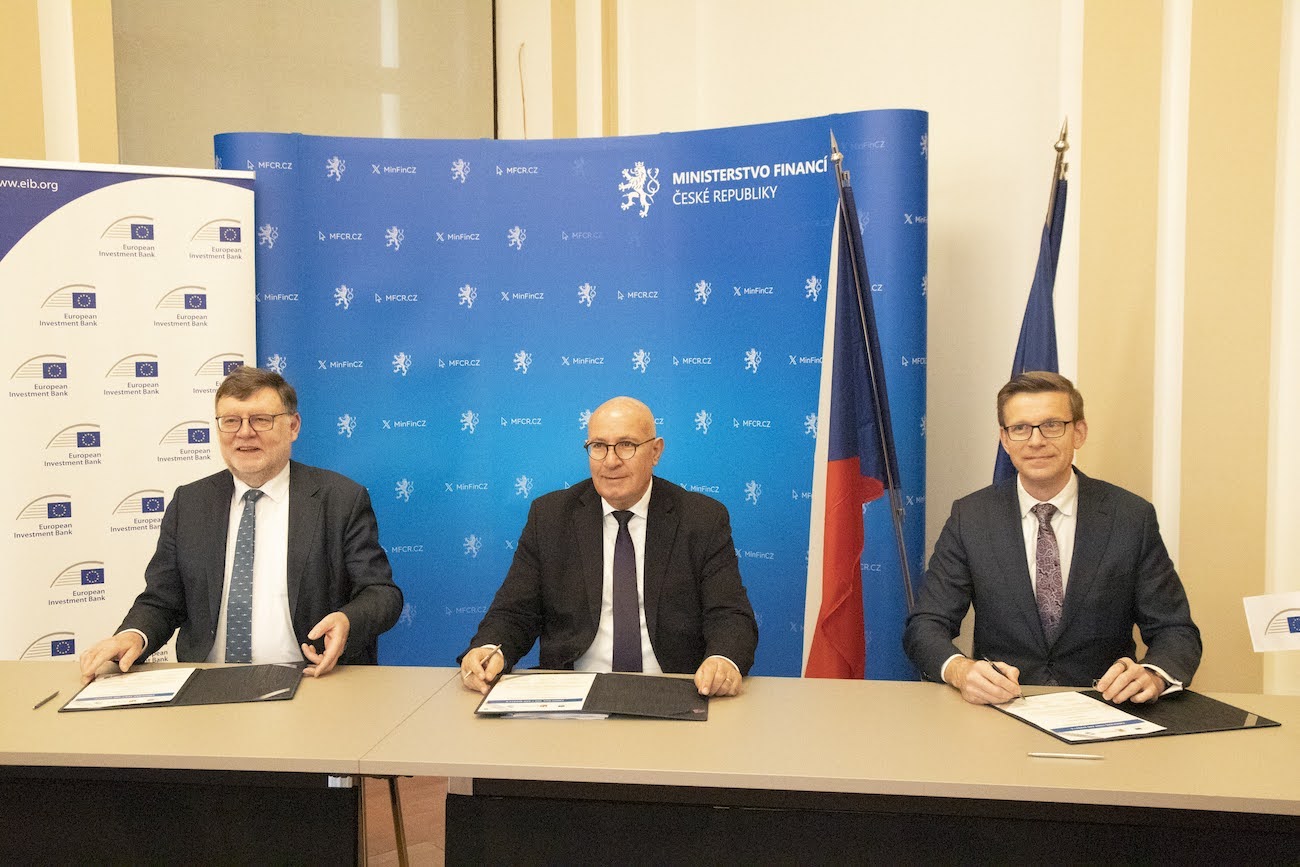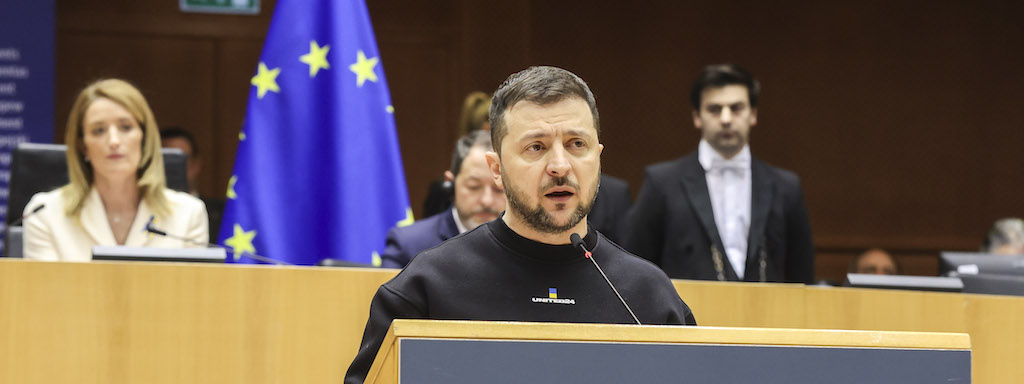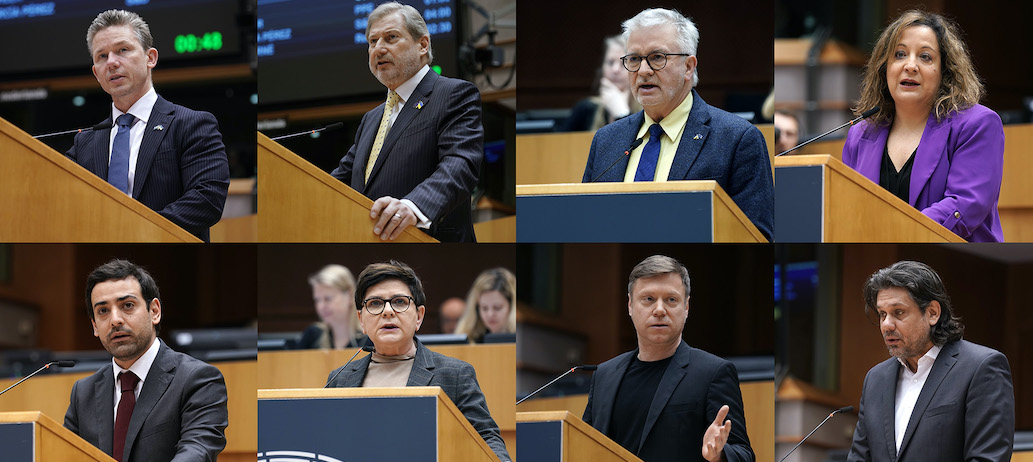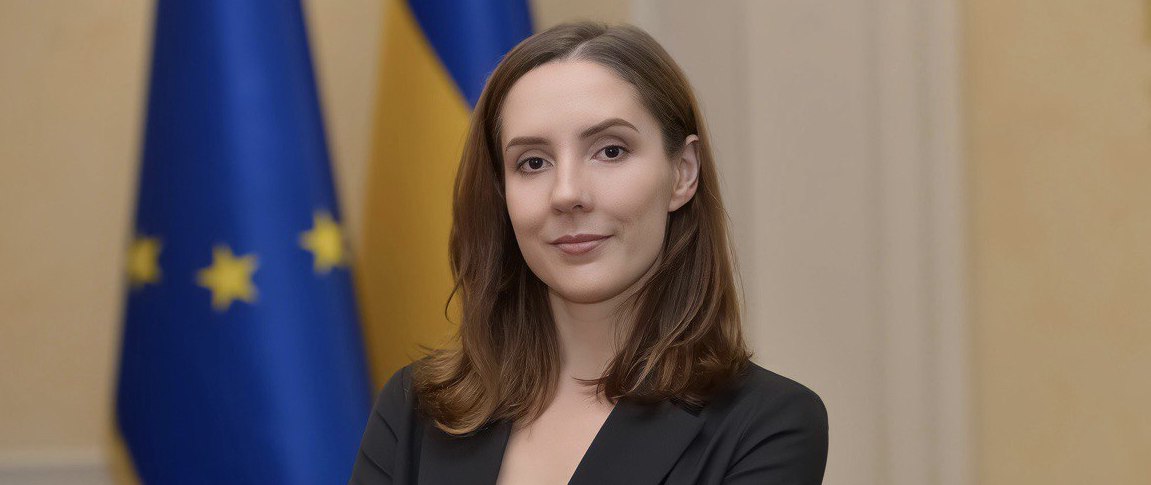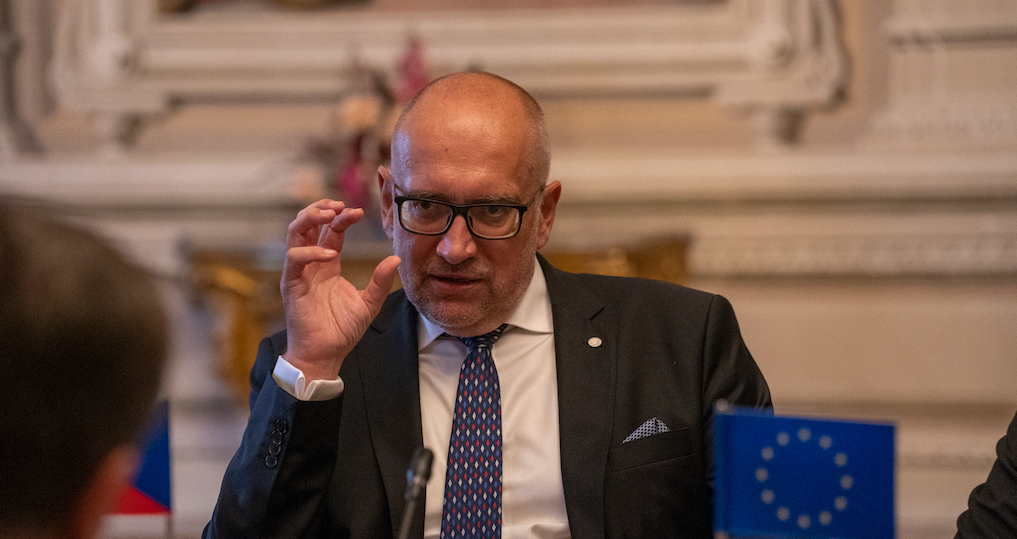Vaccination is our primary tool to protect against infection, severe disease and hospitalisation and ultimately to put an end the pandemic. However, for those who get infected, safe and effective COVID-19 therapeutics are crucial. In addition, people who cannot be vaccinated, who have not yet been vaccinated and to a lesser extent some of those who are vaccinated but have an insufficient immune response, are still at risk.
The availability of therapeutics for affected patients is currently limited, with so far one product, remdesivir, authorised at EU-level. On 6 May 2021, the European Commission launched the EU Strategy on COVID-19 therapeutics, which addresses therapeutics research, development, authorisation, manufacturing and deployment. In order to guide the work, an overview of promising therapeutics is essential.
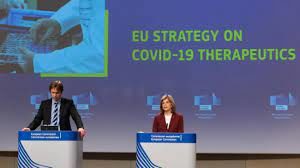
Who draws up the list of 10 promising therapeutics?
The Commission requested the European expert group on SARS-CoV-2 variants, and more specifically its sub-group on Covid-19 therapeutics, to establish a broader portfolio of promising therapeutic products, both authorised and under development, that have the potential to comprise the EU’s future therapeutic arsenal to fight COVID-19.
The sub-group was tasked with identifying product categories that would fit within the scope of the portfolio, and to establish objective and science-based criteria for selecting products. The criteria were approved by Member States in the Human Pharmaceutical Committee. On the basis of these criteria, the sub-group then screened the global Covid-19 therapeutics development pipelines, more than 80 candidates in late stage clinical development, and identified categories with promising product candidates.
The group has also made recommendations to the European Commission on therapeutics development and deployment.
What are the criteria for selecting the ten therapeutics?
Experts have identified objective and science-based criteria for selecting promising COVID-19 therapeutics:
- Soundness of scientific approach and technology used (pharmacological rationale): available evidence of potential role of medicinal product.
- Stage of development: progress in development of medicinal product.
- Availability of relevant clinical outcome results from clinical trial(s).
- Absence of (new) major identified safety issues that would question the suitability of the product in the proposed indication.
- Unmet clinical need and/or therapeutic added value.
- Efficacy against new SARS-CoV-2 variants (relevant only for some product categories).
- Suitability of the product for the particular healthcare setting: related to route of administration, treatment regimen, formulation, etc.
- Intention to engage at an early stage with EMA to obtaining scientific advice (to apply for an EU marketing authorisation).
- Candidate therapeutics already within the regulatory process: potential COVID-19 medicinal product is currently undergoing evaluation by EMA or is under rolling review.
- Overall impact the product might have in COVID-19 treatment.
- Likelihood of success both to achieve the desired impact and to be authorised in the European market.
- Time needed until entry into the European market.
- Diverse portfolio approach: beyond the individual merits of each therapeutic candidate, the portfolio as a whole needs to cover the whole spectrum of COVID-19 and all COVID-19 product categories of new or repurposed medicinal products.
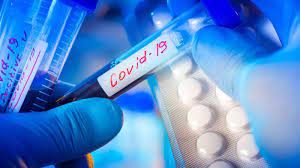
The expert group focused on the scientific/medical merits of the different therapeutics. Therefore manufacturing, production volumes, prices and access conditions have not been considered at this time. These aspects nevertheless will be taken into account when the European Commission deploys its support instruments, described in the EU Strategy on COVID-19 therapeutics.
The criteria are not identical to those used to draw up the first list of 5 promising therapeutics, which was based on a single criterion, namely whether the candidate is in advanced stage in the European Medicines Agency’s (EMA) regulatory approval process (under rolling review or submitted market authorisation application). EMA’s rolling review procedure includes products with promising preliminary results from clinical studies.
What kind of therapeutics are selected?
In selecting the 10 most promising candidates, experts focused on the product categories with the highest potential impact on the pandemic: products preventing people who are exposed to the virus from becoming infected, reducing the need for hospitalisation, and preventing hospitalised patients from evolving to critical or dying.
Three types of products emerged from the screening against these requirements: antiviral monoclonal antibodies, oral antivirals and immune modulators. High quality evidence related to other treatments as well as evidence related to effectiveness and safety of medicinal products for treatment of long COVID-19 are still missing.
Antiviral monoclonal antibodies mimic natural antibodies generated by the immune system against coronavirus. They are very natural and thus safe medicines. Antibodies remain in the bloodstream for some time, not only curing the infected, but providing also protection against infection. They are most efficacious in the earliest stages of infection and administered through an injection. Monoclonal antibodies can be developed relatively quickly, and several candidates are in advanced development stage already. The selected most promising frontrunners are:
- Ronapreve, a combination of two monocolonal antibodies casirivimab and imdevimab from Regeneron pharmaceuticals and Roche.
- Xevudy (sotrovimab) from Vir Biotechnology and GSK.
- Evusheld a combination of two monoclonal antibodies tixagevimab and cilgavimab from AstraZeneca.
Oral antivirals are small molecules that block the activity and replication of the virus. They need to be administered as quickly as possible after the infection, before the virus induces damage in tissues and organs. These medicines are a few days course of treatment with oral tablets, simple to administer. Oral antivirals are more resistant to variants, and work in vaccinated patients too. The selected frontrunners are:
- Molnupiravir from Ridgeback Biotherapeutics and MSD (known as Merck in the U.S. and Canada).
- PF-07321332 from Pfizer.
- AT-527 from Atea Pharmaceuticals and Roche.
Immunomodulators are medicines that can regulate the excessive reaction of the immune systems, a reason why patients need to be hospitalised. This class of medicines provides a symptomatic treatment for those who got to the severe stage despite vaccination and antiviral therapy. A number of immunomodulators approved in other indications, such as autoimmune diseases or other hyperinflammatory syndromes have undergone testing. The frontrunners are:
- Actemra (tocilizumab) from Roche.
- Kineret (anakinra) from Swedish Orphan Biovitrum.
- Olumiant (baricitinib) from Eli Lilly.
- Lenzilumab from Humanigen.
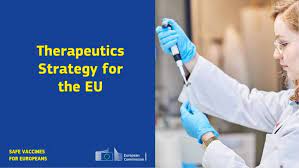
How do products benefit from being on the list of therapeutics?
There are no specific financial instruments attached to the portfolio. However, all relevant candidates can benefit from regulatory flexibilities, scientific support by EMA or the matchmaking activities under the EU therapeutics strategy as well as actions on therapeutics run by the Health Emergency Preparedness and Response Authority (HERA).
Moreover, the European Commission will explore with the developers and with the Member States if a joint procurement agreement (JPA) can be concluded. For two products on the list (Ronapreve from Regeneron pharmaceuticals and Xevudy (sotrovimab) from GlaxoSmithKline, both antiviral monoclonal antibodies) a JPA has been already concluded, and negotiations are already ongoing for some other products.
Will the Commission only focus on the therapeutics on the list of ten? What about other therapeutic candidates?
No, the Commission does not only focus on the 10 candidates. The list of 10 candidates are the frontrunners of a broader portfolio of therapeutics that the Commission monitors, with the help of experts. This broader portfolio remains live and dynamic, and candidates can move in and out based on emerging clinical data and scientific evidence.
The Commission will regularly update this list.
Why do not all therapeutics from the initial list of five form part of the list of ten?
The five therapeutics in June 2021 were selected on the basis of a single criterion: advancement in the regulatory approval process or in other words, the likelihood of receiving EU marketing authorisation the soonest. Whereas for the list of ten, experts developed a more complex and multifactorial set of criteria. The criteria not only considered the individual scientific and medical merits of the candidates but also aimed at establishing a balanced portfolio, with candidates covering as many product categories and target groups as possible.
Three of the therapeutics from the original list of five – Ronapreve (casirivimab/imdevimab), Olumiant (baricitinib) and Xevudy (sotrovimab) – are also on the list of ten.
On the original list of five there were already four antiviral monoclonal antibodies, which is the class of new Covid-19 therapeutics that can be developed the quickest and hence many are in late developmental stage. Following careful consideration, experts selected three such products as the most promising, taking into account factors such as efficacy against variants, duration of protection or route of administration.
The therapeutics portfolio will remain live and dynamic given the uncertain nature of drug development, and emerging clinical data and scientific evidence may require rearrangements.
When will the therapeutics on the list be authorised?
A rolling review is one of the regulatory tools that EMA uses to speed up the assessment of a promising medicine or vaccine during a public health emergency. Under the rolling review, the European Medicines Agency starts assessing the data of a promising product as they become available, before the submission of marketing authorisation application.
Out of the list of ten, all three antiviral monoclonal antibodies have been under rolling review, and for Ronapreve (casirivimab/imdevimab) the developer has already submitted a marketing authorisation application.
None of the oral antivirals are yet under rolling review, however the developer communicated positive headline clinical data for molnupiravir recently and the start of the assessment is expected soon.
Three immune modulators of the list of ten have already submitted their marketing authorisation application: Kineret (anakinra), Olumiant (baricitinib), RoActerma (tocilizumab). These therapeutics are not newly developed medicines, they are already on the market for a different indication. For this reason, they are not eligible for rolling review but EMA’s review of their application is accelerated.
EMA will assess the medicines’ compliance with the usual standards for efficacy, safety and quality. The marketing authorisation will be granted, if a positive benefit-risk balance related to the use of the product is established based on the available scientific evidence. For those that already submitted their marketing authorisation application, authorisation by the end of the year is theoretically possible, provided the final test data demonstrate their safety, quality and efficacy.
What are you doing on joint procurement?
The European Commission is helping to ensure that COVID-19 therapeutics are procured and delivered to Member States as soon as they are authorised, either at EU or national level. With this objective in mind, we have already concluded four joint procurement contracts for the purchase of COVID-19 therapeutics and could launch more by the end of the year:
- 500,000 treatment courses of remdesivir, the only medicine with a conditional marketing authorisation in the EU for the treatment of COVID-19 patients needing oxygen supply. All 36 participating countries were able to place their orders directly. The Commission also purchased and distributed doses for a total of €70 million from the Emergency Support Instrument.
- 55,000 treatments of Ronapreve monoclonal antibodies (casirivimab/imdevimab). 22 countries participated in the procurement. Acquisitions are currently ongoing based on national emergency use authorisations.
- 220,000 treatments of monoclonal antibodies Xevudy (sotrovimab). 16 countries participated in the procurement.
- 220,000 treatments of monoclonal antibodies bamlanivimab and etesevimab combination with 18 participating countries.
Countries may acquire the aforementioned monoclonal antibodies based on national emergency use authorisations.
In addition, there is a joint procurement contract for 8.4 million vials of dexamethasone, an ICU treatment which has been endorsed by EMA to treat hospitalised adults and adolescents with COVID-19 who are receiving respiratory support.
What does the Innovation Booster do?
The Commission will also set up a COVID-19 ‘therapeutics innovation booster’ to take stock and develop a clear overview of the COVID-19 therapeutics projects under development in order to better support the most promising ones from preclinical research to market authorisation. This platform will bring together all relevant actors, including EMA, national authorities, and the private sector, to identify promising research projects and technologies, their stages of development and provide guidance on where to best focus investments, in order to accelerate innovation.
It will build on current initiatives and investments in therapeutic development, working in a close cooperation with the European Health Emergency Preparedness and Response Authority (HERA) preparatory action on mapping therapeutics. Based on this overview, it will support the development of new and repurposed therapeutics and help promising candidates progress to their next stages of development, mobilising the appropriate financial instruments (including Horizon Europe, InvestEU and EU4Health). It will therefore ensure the coordination of all research projects on COVID-19 therapeutics, allowing to stimulate innovation and boost therapeutic development.
Where can developers of COVID-19 therapeutics turn to?
The COVID-19 therapeutics portfolio will be managed by HERA, which is currently being set up and will be fully operational by early 2022. In the coming weeks a HERA website will be launched, with contact details and practical guidance for interested companies. The European Medicines Agency is also providing guidance for companies seeking scientific advice regarding the development of their products.




